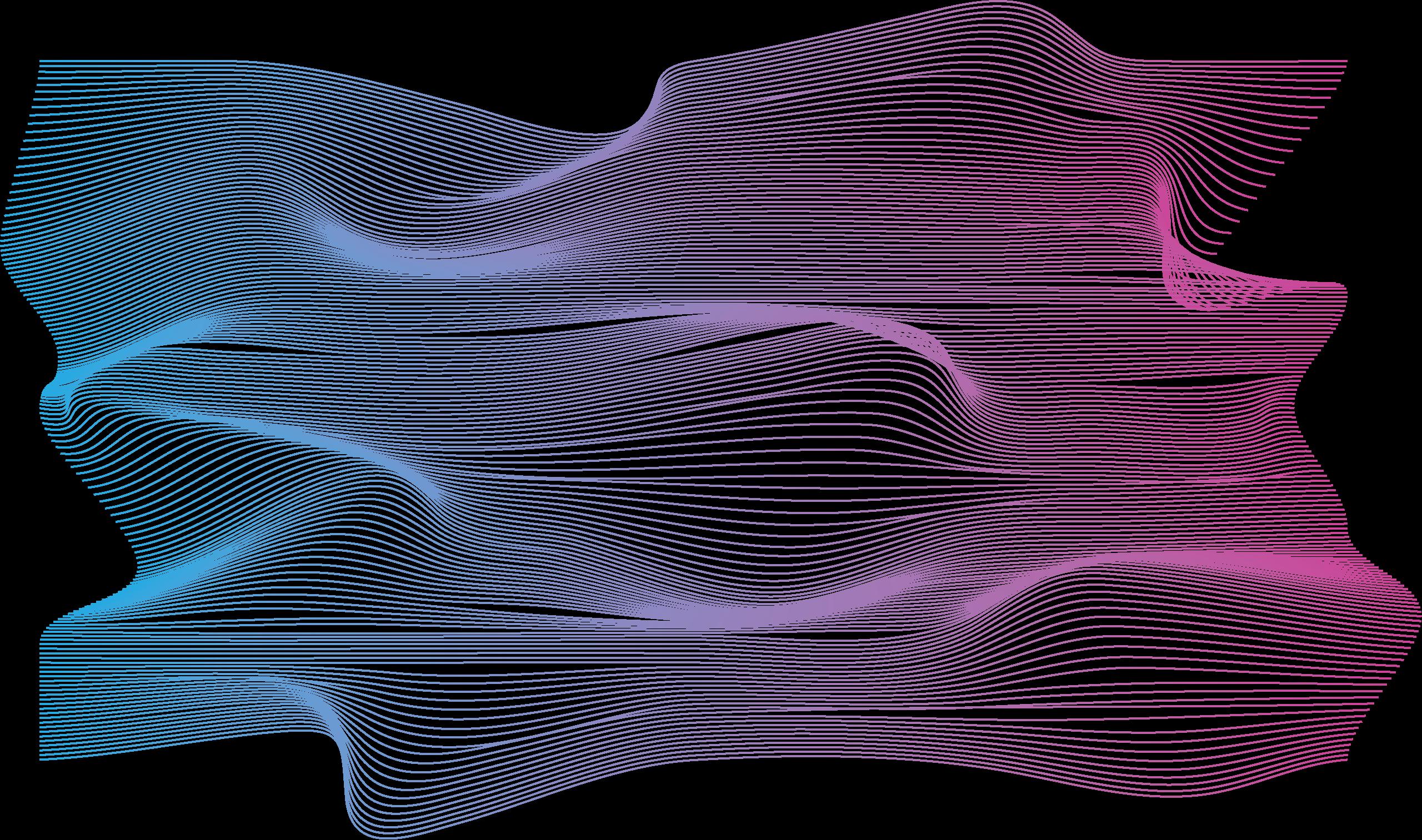M
any people start their day with a cup of coffee. As one of the few natural sources of caffeine—the most widely consumed psychoactive drug—coffee has become an essential part of modern daily life.1 Although some people choose coffee as their first beverage of the day, due to its stimulating effects, others drink coffee for leisure and enjoy its odor or taste. Indeed, the price, quality, and uniqueness of coffee depend on the aroma obtained after processing raw beans; therefore, coffee aroma is of great commercial and consumer interest.2 But how does coffee obtain its different flavors and aromas? CHEMICALS —VOLATILE AND NONVOLATILE COMPOUNDS OF COFFEE A cup of coffee consists of over
FEATURES
1,000 chemicals which can produce various aromas and flavors.3 Volatile organic compounds—compounds with a high vapor pressure at room temperature—and non-volatile organic compounds are produced in multiple phases of coffee production, from green (raw) beans to the brewed coffee we consume. Studies have shown that some volatile compounds determine the aroma while non-volatile compounds make up the taste or flavors.3 Some key non-volatile compounds include alkaloids (caffeine and trigonelline), chlorogenic acid (CGA), carbohydrates (sucrose), and lipids.4,5 Both caffeine and CGA contribute to the bitter flavor, but CGA, which degrades rapidly and forms phenolic compounds,also produces astringent and acidic flavors.5 Trigonelline, on the other hand, leads to an overall ar-
omatic perception and has a weak, bitter taste, but it also degrades during roasting, producing volatile compounds such as pyridines or pyrroles. Lipids contribute to the texture and mouthfeel of coffee, while carbohydrates act as an aroma precursor and degrade quickly, leading to other volatile and non-volatile compounds that contribute to crucial flavors such as sweetness and acidity.6 Some key volatile compounds that influence aroma include pyrazines, pyrroles, furans, aldehydes, ketones, and phenolic compounds.5 Pyrazines and pyrroles often lead to roasted, nutty, and burnt aromas. Furans contribute to malty and sweet roasted flavors. Aldehydes usually exhibit fruity notes, while ketones are associated with buttery flavor notes. Phenolic compounds often contribute to spicy aromas.3,5,12,13
SPRING 2022 | Berkeley Scientific Journal
59


















